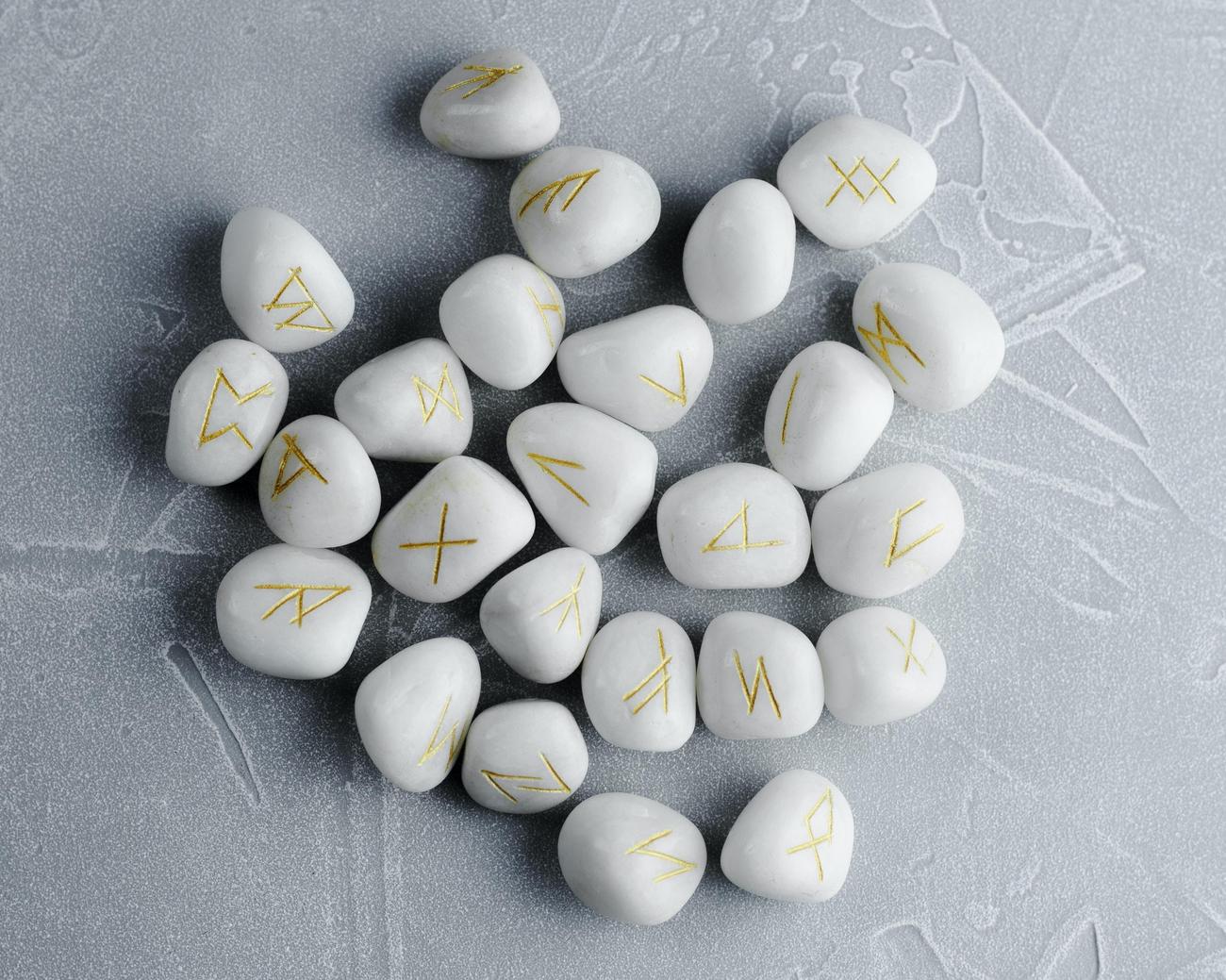Are you ready to embark on a fascinating journey through time and unravel the secrets of emerald symbolism? Join me, a seasoned historian with a profound passion for cultural exploration, as we delve deep into the captivating history of these precious green gems. From ancient civilizations to present-day society, emeralds have held an enigmatic allure, steeped in rich symbolism and cultural significance. Prepare to be captivated as we explore the multifaceted meanings attributed to emeralds, unveiling their enduring legacy and their profound impact on our collective imagination. Get ready to immerse yourself in the intricate tapestry of emerald symbolism as we unveil its secrets in this mesmerizing article.
History of Emerald Symbolism
Emeralds, with their captivating green hue, have enthralled cultures for centuries. From ancient Egypt to modern times, these gemstones have been revered for their beauty and deep symbolism. Let’s embark on a journey through time to explore the enigmatic allure and enduring legacy of emerald symbolism.

Discovering Emeralds: Egypt’s Prized Gems
Emeralds first emerged from the Egyptian sands around 1500 BCE, a breathtaking treasure that immediately captivated the imagination of the Egyptians. These gems were cherished for their vibrant green color, often associated with fertility and rebirth. In fact, the Egyptians believed that emeralds had the power to bring new life, using them in burial rituals to ensure a fruitful afterlife.
The Royal Connection: Emeralds and Royalty
As emeralds’ popularity spread, their association with royalty grew stronger. Members of the royal family, including the illustrious pharaohs, adorned themselves with these mesmerizing gemstones as a symbol of their power and divine connection. It was no wonder that emeralds were believed to be the favorite gemstone of the Greek goddess Venus, further solidifying their association with love and beauty.
Love and Protection: Emeralds as Talismans
Emeralds became renowned for their symbolic significance in matters of the heart. In ancient times, these gemstones were thought to protect lovers from unfaithfulness, ensuring a faithful and enduring relationship. Wearing an emerald was believed to safeguard one’s love and provide assurance in matters of the heart.
Enduring Fascination: Emeralds through the Ages
Emeralds have held a fascination for different cultures across the globe for over six thousand years. Their rich history and deep symbolism have made them a popular choice for significant occasions, such as graduations and weddings. The name “emerald” itself originates from the ancient Persian word “smaragdus,” and its significance has transcended time and borders.
A Gem of Talents: Prosperity and Wisdom
Beyond matters of the heart, emeralds were believed to bestow numerous other benefits. In various cultures, emeralds were considered talismans that could bring riches, power, and eloquence to those who wore them. Their vivid green color resonated with qualities of growth, renewal, and immortality, making them a symbol of eternal life. Cleopatra herself was said to have favored emeralds, perhaps popularizing their association with royalty and high status.
Revelations and Rewards: Emeralds in Mythology and Religion
Emeralds also played significant roles in the realm of mythology and religion. For instance, Hindus believed that offering emeralds to the god Krishna would bring forth rewards and blessings. In different cultures, it was believed that emeralds had the power to reveal truths and cut through illusions, making them cherished gems for seekers of knowledge and spiritual enlightenment.
Throughout history, emeralds have been more than mere gemstones. They have been a testament to the enduring human fascination with beauty, significance, and meaning. From ancient burial rituals to modern celebrations, emeralds continue to hold a special place in our collective imagination, reminding us of the profound connection between gemstones, culture, and the human experience.
“Emeralds, imbued with centuries of symbolism, weave a tale of love, power, and eternal life—a testament to the incredible impact gemstones can have on human history and myth.”
Emeralds, with their lush green hue, have captivated humanity for centuries. From ancient civilizations to modern fashionistas, these gemstones hold an irresistible allure. If you’re fascinated by emeralds and want to learn more about them, we’ve got you covered. Check out our list of 6 Interesting Facts About Emeralds. Each fact will surprise and delight you, providing a deeper understanding of these precious gems. So go ahead, click the link and embark on a journey into the world of emeralds.
6 Interesting Facts About Emeralds

FAQ
Q: When were emerald gemstones first discovered and where?
A: Emerald gemstones were first discovered in Egypt around 1500 BCE.
Q: What did the Egyptians believe about emeralds?
A: The Egyptians prized emeralds for their beauty and symbolism. They believed that emeralds represented fertility and rebirth, and used them in burial rituals. Emeralds were also used in jewelry and often worn by pharaohs and members of the royal family.
Q: Which Greek goddess was associated with emeralds?
A: The ancients associated emeralds with the Greek goddess Venus, the goddess of love and beauty. They believed that emeralds could protect lovers from unfaithfulness.
Q: What are the symbolic meanings of emeralds?
A: Emeralds have been a gem of fascination in many cultures for over six thousand years. They are often seen as symbols of growth, renewal, and immortality. Emeralds were also believed to confer riches, power, and eloquence if worn as talismans. They were thought to reveal truths and cut through illusions.
Q: What is the origin of the name “emerald”?
A: The name “emerald” comes from an ancient Persian word, “smaragdus.”
- Senior at What Age: Benefits & Eligibility Guide - March 29, 2025
- Unlocking Senior Benefits: How Old is a Senior? Your Complete Guide - March 29, 2025
- Master Russian Politeness:A Guide to Saying Please - March 29, 2025
















